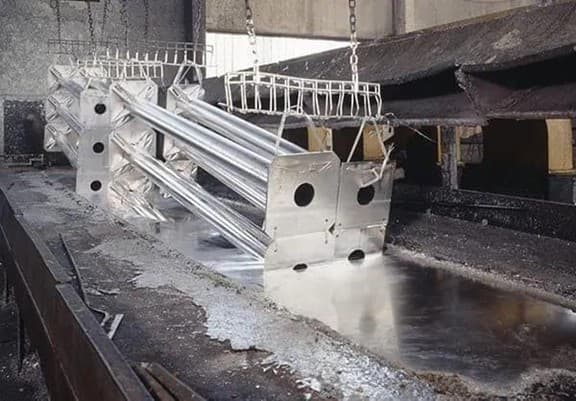
– Low building occupancy and closures may create stagnant conditions favourable for Legionella growth
– NSF International, a leading public health organisation, offers advice to businesses on how to prepare for the return to the office
London, – As Britain looks to return to the workplace, employees should be aware of a nasty surprise potentially waiting for them when they turn the taps on. Leading public health organisation, NSF International is urging vigilance from building managers to be aware of the legionella risk associated with their water supply.
With vaccines being widely deployed across the UK and the first easing of lockdown restrictions underway, businesses are beginning to prepare for the return to the office. However, COVID-19 has highlighted that buildings are not designed to be left alone for months at a time, and many were not prepared for the emptiness that followed. The reopening of such offices comes with the invisible threat of another lung infection, Legionnaires’ disease. On average, there are approximately 200-250 reported confirmed cases of Legionnaires’ disease each year in England and Wales but it is widely thought that number of cases are underestimated.[1] Low building occupancy has changed water use patterns, creating stagnant conditions favourable for Legionella growth. If inhaled, Legionella bacteria can lead to the potentially deadly Legionnaires’ disease.
Within the office, Legionella can develop and multiply within purpose-built water systems, including taps, decorative water features, plumbing and HVAC systems. Water stagnation or low flow are integral to how Legionella can grow, and with many offices being empty and water systems not being flushed regularly, there is an increased risk to office workers.
“We’ve spent the last year battling COVID-19 cases, but there’s another potential health risk that businesses need to be aware of,” says Adrian Thompson, PPL Water Hygiene and Legionella Training Consultant working with NSF International. “The threat of Legionnaires’ disease is particularly high now, not only due to buildings being left empty for long periods but because the disease often presents similar symptoms as Covid-19 so is at risk of being mis-diagnosed. Despite all offices having a water supply, many people won’t have considered the risks that this can pose, especially when left stagnant. Every building is different, so it is vital property management companies and business owners understand proactive water management systems ahead of reopening. Looking ahead and to ensure the safety and wellbeing of the workforce, these systems must be incorporated into long-term safety and resiliency plans.”
NSF International, has released a checklist of how businesses can prepare for the return to the workplace and mitigate Legionella risks:
- Flush water systems regularly in the lead up to people returning to the workplace. Increasing the temperature of hot water systems to above 60°C will kill Legionellabacteria over time, however thermostatic mixing valves and/or other measures must be considered to avoid scalding.
- Ensure a risk assessment is updated and includes a written scheme for a water safety plan dependent on the size of the business that complies with L8 and HSG274 part 2.
- For certain buildings it may be appropriate to put in place in-line water quality monitoring systems, that continuously sense water temperature, disinfectant residuals, and stagnation times that are tied to automated valves.
- If you’re still concerned about Legionellain the office, businesses can undertake a chemical or thermal disinfection of the water system or microbiological sampling for Legionella bacteria by trained competent staff.
- Ensure all checking processes have been captured in regular reports. It is the responsibility of the business owners and office management to ensure offices are safe from Legionnaires’ disease
For further information and advice please visit https://www.nsf.org/knowledge-library/legionella-risk-assessment and https://www.hse.gov.uk/coronavirus/legionella-risks-during-coronavirus-outbreak.htm


